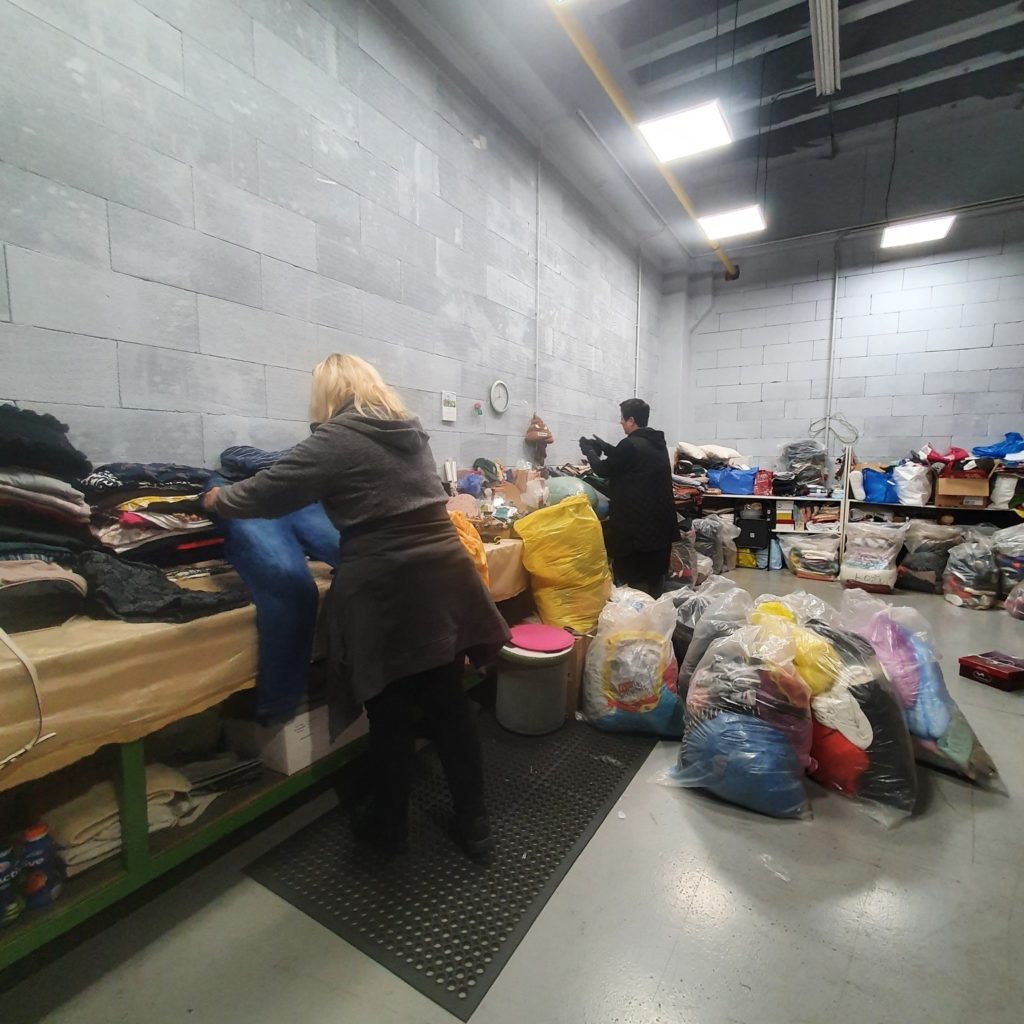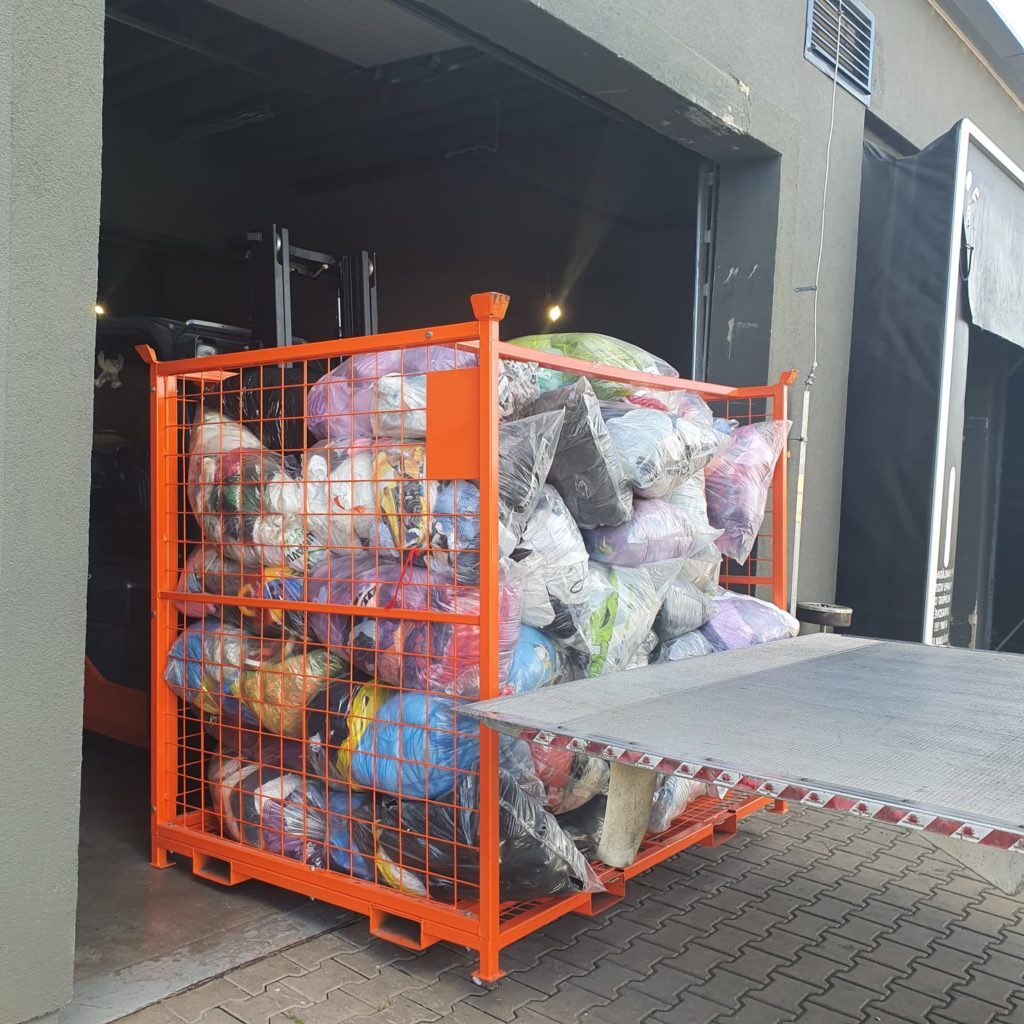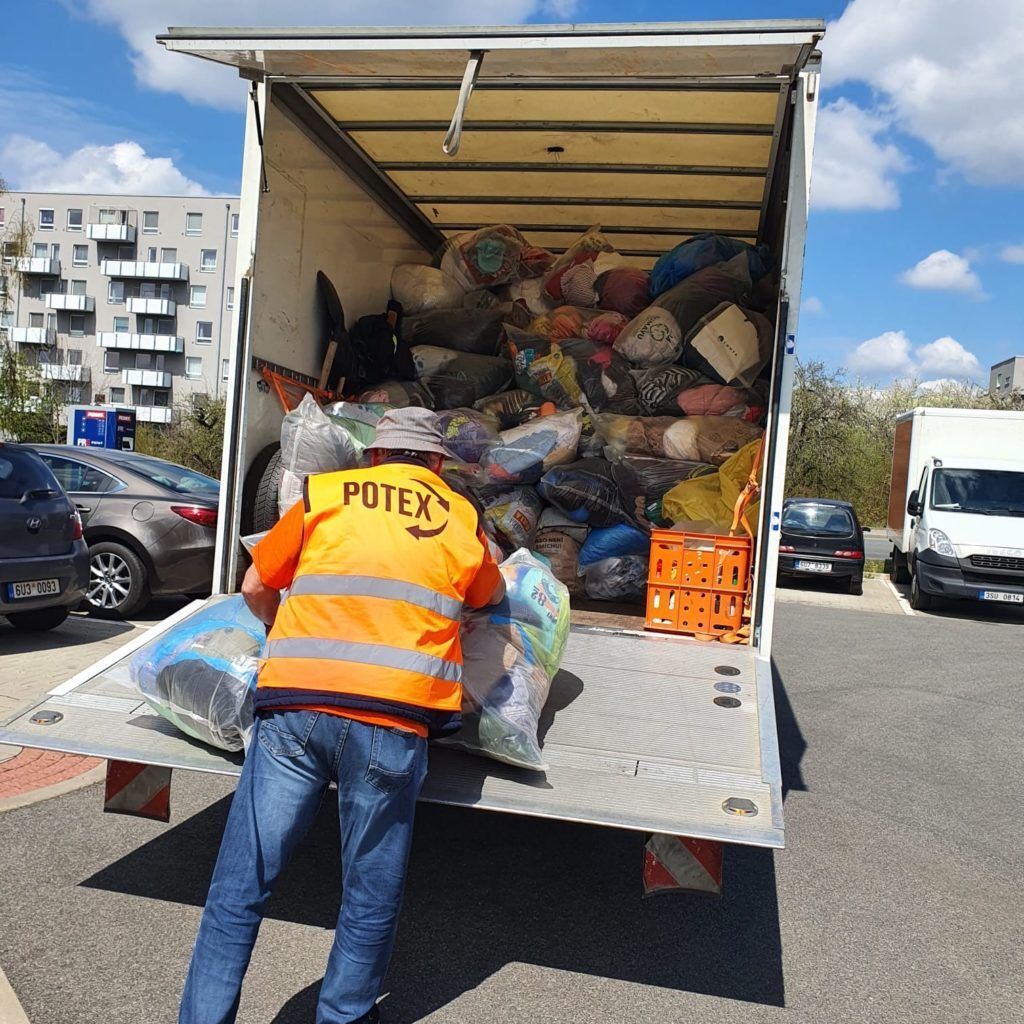Public awareness of the possibility of recycling textiles by throwing them into designated containers has increased significantly in recent years. An important company that contributes to the separation, recycling, and donation of textile material is the Prague company POTEX. These three directions go hand in hand, making POTEX more or less a social enterprise.
In 2021, the company collected 2,830,000 kilograms of textiles, with 140,000 kilograms being tailored and donated to charity. Other charities were supported financially – you can find everything at www.potex.cz. We talked to the company’s CEO, Lenka Harcubová, about what the process of textile processing from orange containers looks like, and about the use of smart sensors for monitoring the fill level of containers.


The company POTEX has been collecting unnecessary textiles using orange containers for 13 years and operates mainly in Prague and the surrounding area within the region. According to the CEO, it is a relatively small company with 11 employees. The collection is ensured by 5 crews, which operate on a total of 28 collection routes.
When did the idea of equipping containers with sensors arise? This is how Lenka Harcubová justifies the installation of monitoring sensors from Sensoneo into containers:
“We became interested in the solution about ten years ago when the first signs appeared on the market and companies started trying such smart solutions. Continuously, this topic kept coming back and we were checking the options. Collection logistics and its evaluation is a priority for us, and we work with data from the entire 13 years of the company’s existence. Our routes are optimally networked in Prague which means that we do not need to equip all containers with sensors. However, the situation is different in more remote locations, highly exposed, or attacked. Also, some partners require sensors to be installed for statistics and more control.”

POTEX currently has 600 containers for collecting textiles, shoes, toys, and accessories, of which 30 are monitored by smart sensors. Part of the material collected by the company is sorted for the needs of a charity. The charity needs clothes that are tailored to the clients of a specific non-profit organization. It is necessary to sort according to seasonality, but also gender. There is a strong demand for men’s clothing in particular. This must meet certain parameters – it is distributed primarily to homeless people.





With its own efforts, POTEX sorts approximately 5 tons of material per week, which is intended for charities. The rest of the material goes to other partners – processors, for sorting and recycling.
POTEX installed the sensors in January, and Lenka Harcubová explains the benefits for logistics as follows:
“Sensors have brought us information and peace of mind at places that are not filled regularly, have fluctuations, or are further away. We have a clear overview of how the container is being filled, we are able to follow trends, and above all, we have fresh information that the container needs to be emptied. We are also able to detect possible theft of the container based on the information that the level of the scanned material has dropped. In the future, we plan to deploy more containers, and I also positively evaluate the intuitive mobile and desktop environment of the Sensoneo software system.”
Sorted textiles, which cannot be donated or processed, can also be reused for example for cleaning rags, car seat fillings, fibers, or even banknotes.
Textile containers will gain even greater importance from 2025 when the separation of textiles will be mandatory by law and will have to be ensured by municipalities.



